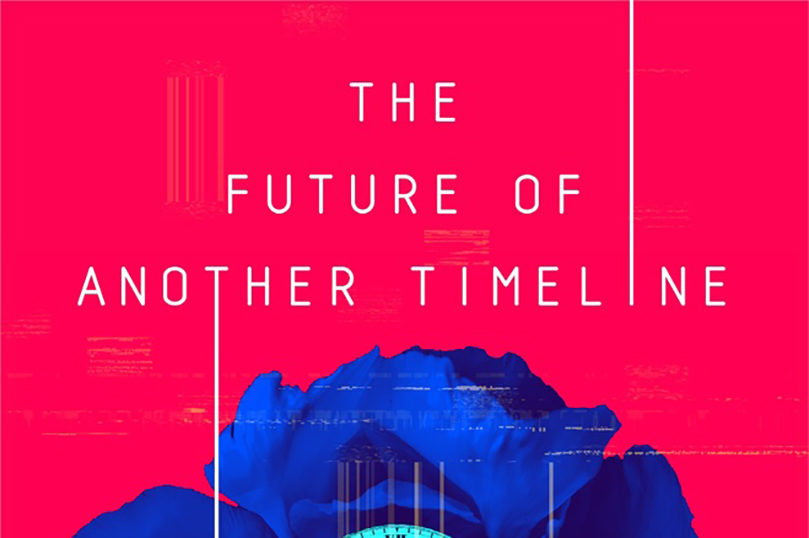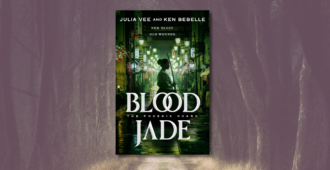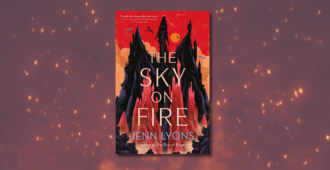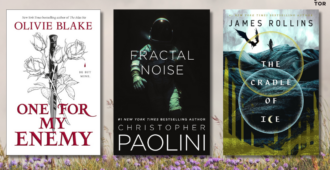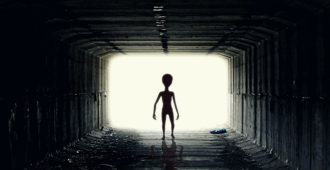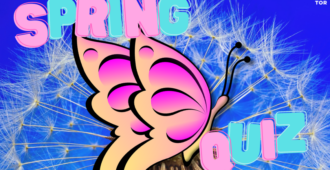By Annalee Newitz
There’s a ghost haunting science fiction, and it’s hope. Writers have unleashed their optimism in subgenres that have until recently worn the matte gray of dystopia. Nihilistic near-future apocalypses are making way for tales of thorny, hard-won renewal like Mary Robinette Kowal’s The Calculating Stars and Rebecca Roanhorse’s Trail of Lightning. And world-obliterating robot uprisings are being retold as empathetic portraits of cyborgs like N.K. Jemisin’s Broken Earth trilogy and Martha Wells’ Murderbot series. There’s a thirst for stories where somehow, despite ongoing disasters, we manage to muddle through because we care for each other.
opens in a new window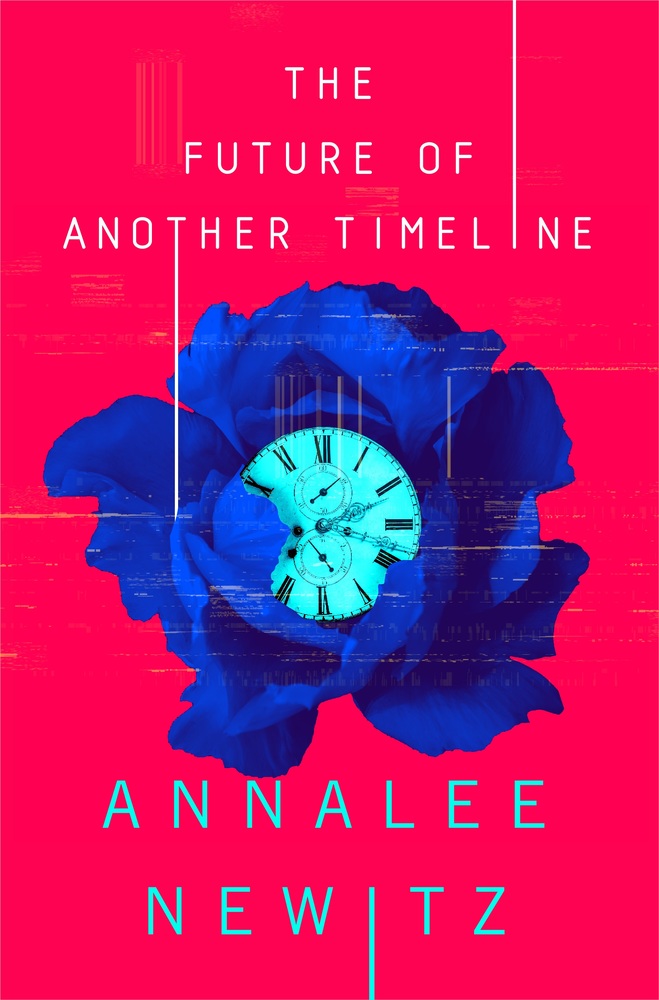 That’s the nature of hope; it doesn’t wear a cape or kill all monsters with an oxygen destroyer. It’s just a friend, bringing you dinner as meteorites pound the Earth. Alexandra Rowland, who first identified this trend back in 2017, calls it hopepunk.
That’s the nature of hope; it doesn’t wear a cape or kill all monsters with an oxygen destroyer. It’s just a friend, bringing you dinner as meteorites pound the Earth. Alexandra Rowland, who first identified this trend back in 2017, calls it hopepunk.
She writes, “Hopepunk says that kindness and softness doesn’t equal weakness, and that in this world of brutal cynicism and nihilism, being kind is a political act. An act of rebellion.”
I wanted to offer readers this kind of hope with my novel The Future of Another Timeline. It’s a group of feminist time travelers, including Tess, who are trying to change history so that women’s rights don’t disappear. But it’s also about a teenage girl, Beth, who is stuck in time, unable to escape an abusive father and a best friend who has decided to murder rapists as an act of riot grrl rebellion. Tess and Beth’s paths keep crossing in time, their efforts to transform political and personal history welded together without a joint. One is on a mission that stretches across millions of years of history, while the other just wants to survive high school. Despite the different scales of their problems, what they both need more than anything is hope.
The thing about hope is that it doesn’t wear a white hat; it isn’t a feeling that leads us toward perfect goodness. It’s the stuff of what Ursula K. LeGuin called “an ambiguous Utopia.” We find hope in novels like Mike Chen’s Here and Now and Then, where a time traveler must redeem himself after abandoning his daughter. He’s screwed up, but there’s still a chance he can set things right. Same goes for Marlee Jane Ward’s Welcome to Orphancorp series, where kids do forced labor in orphanages of the not-so-distant future, but find temporary freedom and safety in friendships with each other.
Hope is a narrow, moonlit pathway through the thorns.
These stories don’t necessarily leave us satisfied. They don’t end with everyone having a perfect life, or all the innocents being set free. Reading them leaves us with a painful, bittersweet feeling, because hopeful stories don’t shy away from showing us all the forces in the world crushing us, gaslighting us, and even urging us to die. Hope is a narrow, moonlit pathway through the thorns. But as long as we keep inviting people to join us on that path, we keep hope alive.
Order Your Copy
opens in a new window opens in a new window
opens in a new window opens in a new window
opens in a new window opens in a new window
opens in a new window opens in a new window
opens in a new window

